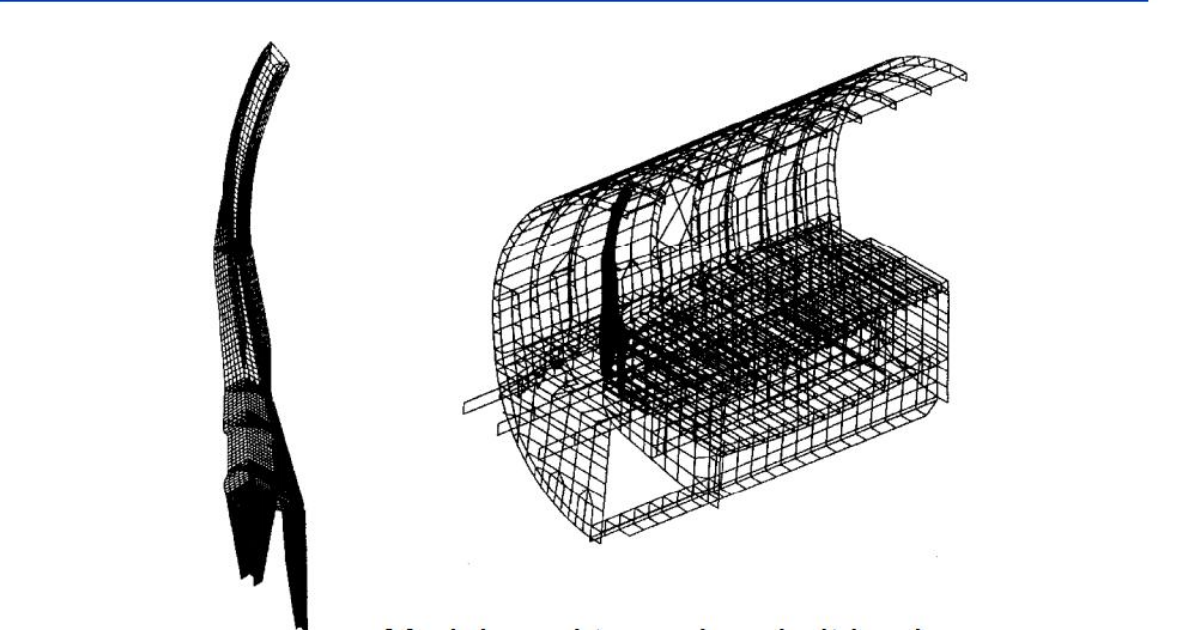FAA is requiring Boeing 737NGs with more than 22,600 flight cycles to be inspected after three planes were found with cracks in a structural component that joins the wing to the fuselage, commonly referred to asthe pickle fork. On Friday Boeing issued this statement:
Safety and quality are our top priorities. Boeing has notified the FAA and been in contact with 737NG operators about a cracking issue discovered on a small number of airplanes undergoing modifications. No in-service issues have been reported. Over the coming days, we will work closely with our customers to implement a recommended inspection plan for certain airplanes in the fleet. This issue does not affect any 737 MAX airplanes or the P-8 Poseidon.
And the FAA said this on Friday: The FAA will require operators of certain Boeing 737 NG jetliners to conduct inspections for structural cracks. Boeing notified the agency of the matter after it discovered the cracks while conducting modifications on a heavily used aircraft. Subsequent inspections uncovered similar cracks in a small number of additional planes. The FAA will instruct operators to conduct specific inspections, make any necessary repairs and to report their findings to the agency immediately.
But today, FAA issued the following:
FAA StatementThe FAA will require operators of certain Boeing 737 NG aircraft to conduct inspections for structural cracks. Boeing notified the agency of the matter after it discovered structural cracks on an aircraft undergoing modifications in China. Subsequent inspections yielded similar cracks in a small number of additional planes.
The FAA is issuing an Immediately Adopted Rule (IAR) that will require operators of aircraft to conduct initial and periodic inspections. The rule will affect 1,911 U.S.-registered aircraft.
It will require operators to inspect aircraft with more than 30,000 cycles within seven days of the issuance of the rule. Aircraft between 22,600 and 29,999 cycles must be inspected within 1,000 cycles.
A cycle is defined as one pressurization and de-pressurization. Cycles typically correspond to the number of flights and are not dependent on the calendar age of an aircraft.
The FAA will instruct operators to conduct specific inspections and to report their findings to the agency immediately.
Background:
- The IAR is on display in the Federal Register on Wednesday. It will be published on Thursday. Operators will have seven days to comply with the most immediate round of inspections.
- The inspections can be done visually and should require about an hour per airplane.
- Approximately 165 U.S.-registered aircraft are in the group of aircraft that must be inspected within seven days.
